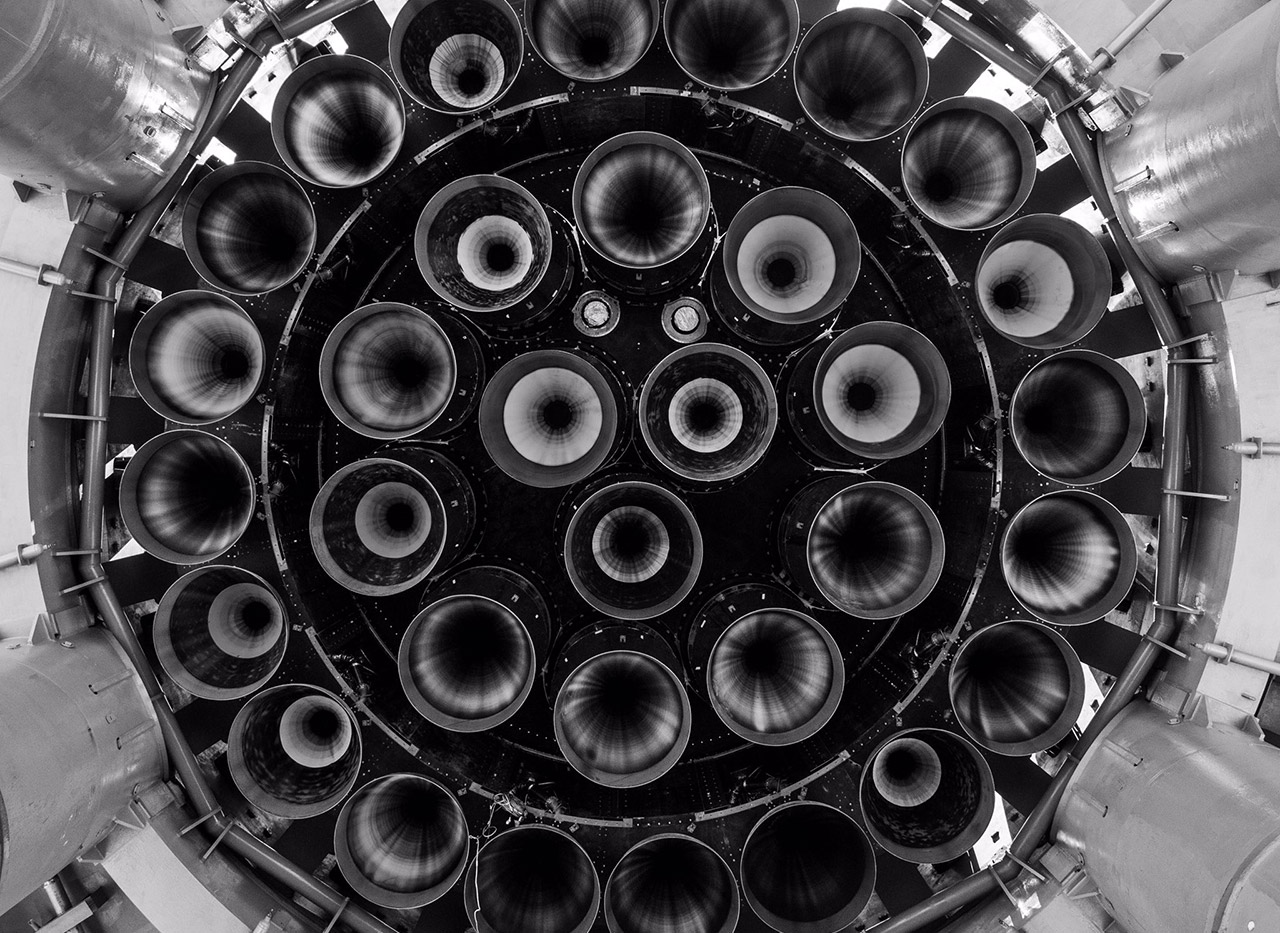Poaching, illegal farming and rebel groups make Virunga National Park in the Democratic Republic of the Congo one of the most dangerous places to practice conservation, but inventive schemes are helping rangers empower people and conserve wildlife
Life
8 June 2022

Andy Rouse/naturepl.com
DOZENS of fires are visible from the air. Flying above Virunga National Park in the Democratic Republic of the Congo, the jungle is so strikingly green that anything else sticks out. The Congo basin, in which the park sits, is home to the world’s second largest rainforest after the Amazon, a place blessed with natural wonders. But what I see below isn’t natural: grey and brown splotches, burn marks and squares of land stripped naked are evidence of cultivation. And those fires are mostly trees burning in makeshift kilns to produce charcoal for fuel. This is what deforestation looks like.
Virunga, known for its iconic mountain gorillas, is a powder keg where conflicts over resources and land cause many impoverished communities to invade and exploit the park. Deforestation, poaching, illegal farming and an alphabet soup of active rebel groups make it perhaps the most dangerous place on Earth to practise conservation. Protecting nature is often a pitched battle here: rangers are heavily armed and more than 200 have been killed in the line of duty.
Such dangers mean park staff do more than monitor flora and fauna. They also explain Virunga’s unique leadership and plans for conservation. Park director Emmanuel de Merode, an anthropologist and Belgian prince, believes that the only way to save Virunga is to give locals a reason to protect it. That means jobs, and he is using a green hydroelectric scheme to create them. Already providing power for thousands of households and businesses, the latest innovation is a hydro-powered chocolate factory. It is a sliver of success that shows the potential for change to improve the prospects of people and gorillas. …



























































